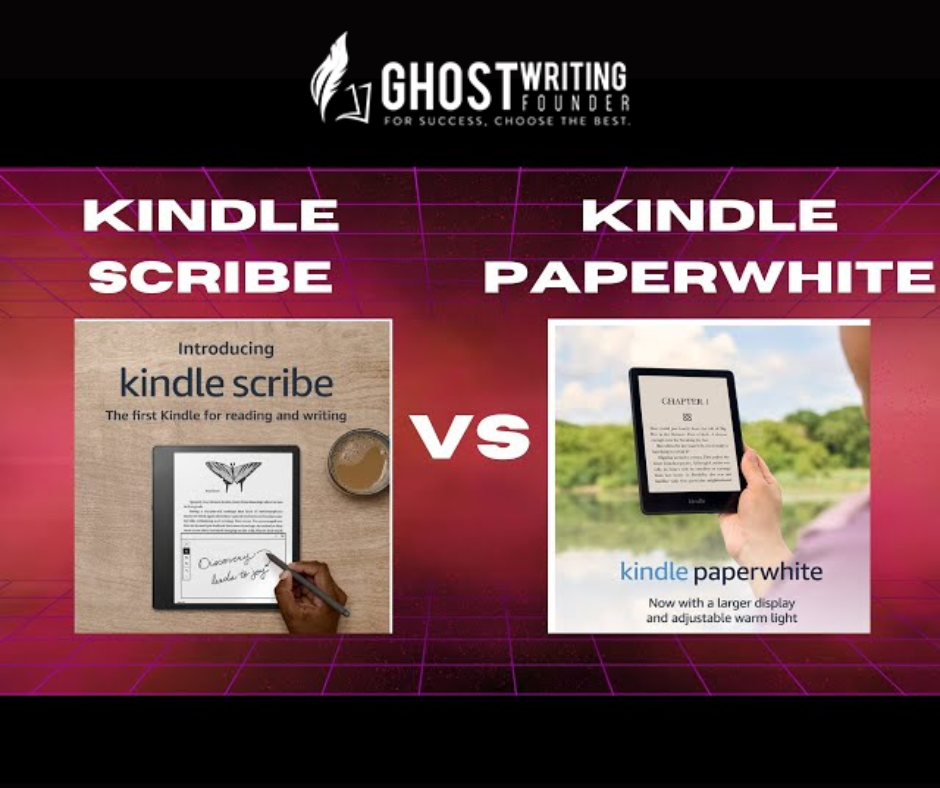
Novel Writing
In storytelling, narratives come in various forms, each offering a unique perspective and style. One such style is the second-person narrative, where the reader actively participates in the story.
But have you ever wondered how many characters’ thoughts you can access in a second-person narrative? Well, it is not common knowledge, so we, from the Ghostwriting Founder, bring you this guide to help you understand it better.
Understanding Second-Person Narrative
Before we delve into character thoughts, we must grasp the basics of second-person narrative access. In this storytelling style, the reader takes on an active role, almost like stepping into the protagonist’s shoes. Sentences like “You open the door” or “You feel the sun’s warmth on your face” are common in this narrative style.
The Limitation of Second-Person Narrative:
Let’s break down the idea of limitations in a second-person narrative in a simpler way. Imagine you’re the main character in a story. Everything in that story happens to you; you get to think and feel like the main character.
But here’s the thing: you mostly get to know what’s happening inside your head. You don’t always know what’s happening in other characters’ heads. It’s like you have a spotlight on you, and it’s a bit dimmer on the other characters.
This can be a bit tricky because, in real life, we can’t have the narrative access to other people’s minds, right? So, in a second-person story, it’s the same – you don’t always get to know exactly what’s going on in the thoughts of other characters. Their thoughts can be a bit of a mystery.
This spotlight on you, the main character, is intentional. It’s meant to make you feel like you’re in the story like it’s your adventure. But it does mean you might miss out on what’s happening inside other characters’ heads most of the time.
However, the author sometimes gives you a tiny narrative access into what another character is thinking. It’s like opening a window for just a moment, and you can catch a glimpse of their thoughts. But remember, this doesn’t happen too often because it can take away from the feeling that you’re the star of the show.
So, while second-person stories are super immersive because you get to be the main character, they do have this little limitation regarding knowing what’s happening inside other characters’ heads. But that makes reading these stories so exciting and full of surprises!
Why You’re the Center of Attention
In a second-person narrative, the focus and narrative access are squarely on you, the reader-turned-protagonist. You experience the story through your senses, emotions, and thoughts.
This is done intentionally to make you feel like an integral part of the story’s unfolding. It’s a storytelling technique designed to connect you and the narrative deeply.
Exception to the Rule
While it’s true that most second-person narratives revolve around your thoughts and experiences, there can be exceptions. In some stories, you might gain insight into the thoughts of other characters, albeit sparingly.
These glimpses into the minds of others are like windows that briefly open and close, allowing you to understand their motives or emotions.
These exceptions, however, are not common, as they can disrupt the immersive nature of second-person narratives. The primary goal is to keep you, the reader, at the story’s center.
The Power of Suggestion
In stories where you’re the main character (like in second-person narratives), the author might not always tell you exactly what other characters think. Instead, they drop hints or clues.
Imagine you’re playing a guessing game with a friend, and they give you clues to guess something. In the same way, authors drop clues in the story to help you figure out what other characters might be thinking or feeling. These clues can come from what the characters say, how they act, or their expressions.
For example, if a character smiles big, you can guess they’re happy, right? Or if they look sad and say something like, “I miss you,” you can guess they’re feeling down. Authors use these clues to help you understand the characters better.
It’s like solving a little mystery while you read, making the story more interesting. So, even though you might not know everything that’s going on in the characters’ minds, you can use your detective skills to figure it out from the clues.
The Role of Dialogue
Dialogue becomes a crucial tool in second-person narratives to reveal the thoughts and feelings of other characters. Through conversations and interactions, you can gather insights into their perspectives. When characters speak to you, their words reflect their inner thoughts and emotions.
For instance, if a character says, “I’ve been worried sick about you,” you can infer that they were indeed worried, even though you might not have direct narrative access to their thoughts.
Building Empathy and Immersion
The limited access to the thoughts of other characters in a second-person narrative serves a significant purpose – it allows you to put yourself in their shoes.
You become attuned to their actions, words, and expressions to understand their motivations. This not only builds empathy but also deepens your immersion in the story.
When you can’t directly read a character’s thoughts, you become more invested in deciphering their feelings and intentions, enhancing the overall reading experience.
The Reader’s Perspective
In a second-person narrative, you are at the story’s center, experiencing events as they unfold. Your reactions, decisions, and emotions drive the narrative forward. This unique perspective allows authors to create a strong bond between them and the story’s unfolding events.
The story becomes a personalized adventure through your perspective, and you actively participate in the plot. This deep level of engagement is a hallmark of second-person narratives.
Essential Elements and Detailed Insights
| Aspect | Description | Example/Note |
|---|---|---|
| Narrative Style | Second-person narrative involves the reader as the protagonist. | Sentences like “You open the door” are common. |
| Character Thoughts Access | Limited mostly to the reader’s (protagonist’s) thoughts. | Other characters’ thoughts are less accessible, maintaining the reader’s primary focus. |
| Limitations | Focus is mainly on the reader’s perspective, with limited insight into other characters’ thoughts. | Creates a unique storytelling experience but with restricted narrative scope. |
| Exceptions to the Rule | Occasionally, the narrative may provide glimpses into other characters’ thoughts. | These are brief and not very common, to maintain the immersive nature of the narrative. |
| Power of Suggestion | Authors use hints and clues to suggest what other characters might be thinking. | Clues are given through actions, dialogue, and expressions of other characters. |
| Role of Dialogue | Dialogue is used to reveal thoughts and feelings of other characters. | Conversations with other characters provide insights into their perspectives. |
| Reader’s Perspective | The reader is central to the story, experiencing events and making decisions. | This perspective creates a deep connection between the reader and the story. |
Conclusion
In a second-person narrative, your narrative access to character thoughts is limited primarily to your own. While exceptions exist, the focus is on immersing you, the reader, into the story as the protagonist.
His narrative style allows you to participate actively, making choices and experiencing events firsthand.
It’s a captivating way to engage readers and create a personalized storytelling experience that lingers in your thoughts long after the last page is turned. So, the next time you pick up a second-person narrative, relish the opportunity to be at the heart of the story, where your thoughts and emotions take center stage.









Leave a Reply